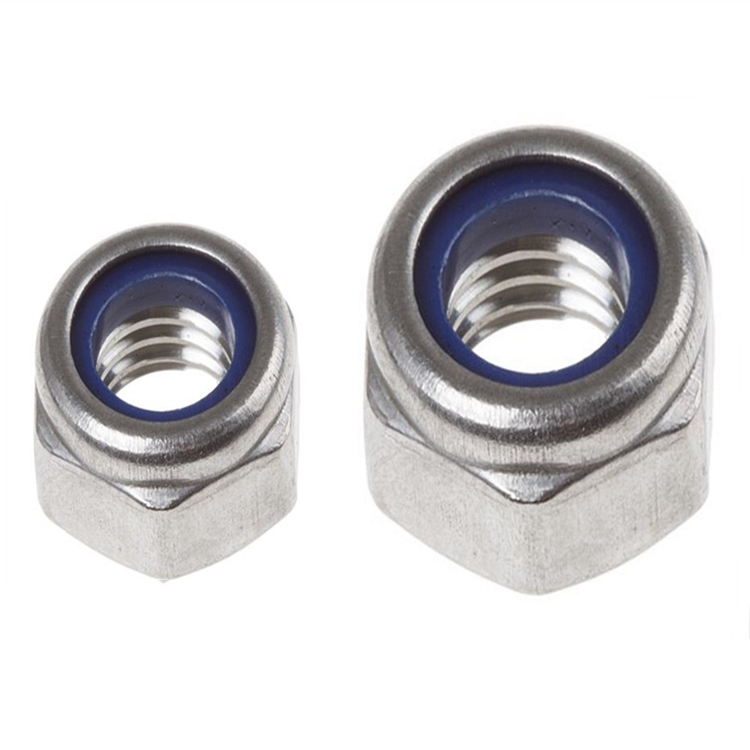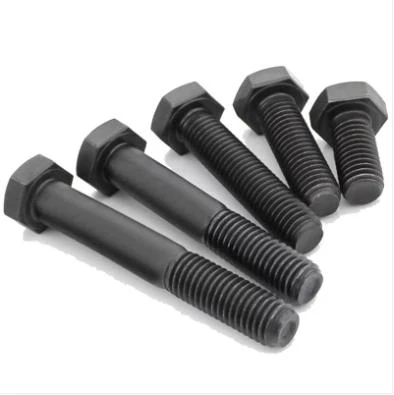rim bolts
Fév . 05, 2025 04:04 Back to list
rim bolts
In the intricate realm of automotive maintenance and safety, one component often overlooked is the rim bolt. These seemingly modest fasteners play a vital role in vehicle operation, securing the wheels to the vehicle and, ultimately, ensuring a safe driving experience. By delving into the nuances of rim bolts, one can appreciate their significance, selection, and the best practices for maintenance, which together weave a story of engineering precision and reliability.
The environment exerts its own influence on rim bolt integrity over time. Exposure to road salts, mud, and moisture can lead to corrosion, which weakens the metal and causes potential safety hazards. Regular inspection is vital, serving as a proactive measure to identify signs of rust or wear. A light application of anti-seize compound can act as a barrier to corrosion and aid in future bolt removal, though cautious application is necessary to prevent accidental loosening over time. In terms of maintenance practice, a comprehensive approach includes periodic checking of rim bolts for wear and tear. Professional mechanics suggest a visual inspection during every tire rotation or oil change. Not only does this allow early detection of potential issues, but it also ensures all components operate within their designed tolerances. Mistakes in rim bolt handling can lead to catastrophic outcomes. For example, cross-threading during installation disrupts the thread integrity, a problem noticeable by the resistance felt when spinning the bolt by hand. Utilizing an appropriate hand tool rather than power tools for the initial engagement phase can mitigate this risk. Equally important is the cross-pattern tightening method, which evenly distributes the load across the wheel hub, a critical step in achieving uniform contact and reducing stress points. As the industry evolves, so does technology surrounding rim bolts. Innovations such as self-tightening bolts or those with built-in indicators for looseness signal a future where maintenance becomes ever more intuitive and failsafe. Consumer education around these advancements will further extend trust and authority in automotive safety practices. For vehicle owners and mechanics alike, understanding the subtleties of rim bolts is more than an exercise in engineering. It is about ensuring the longevity and safety of the vehicles we rely on every day. Accumulating knowledge about this small yet significant component underscores the broader mechanics of trustworthiness and authority in vehicle maintenance, bridging the gap between everyday drivers and the highways of tomorrow.


The environment exerts its own influence on rim bolt integrity over time. Exposure to road salts, mud, and moisture can lead to corrosion, which weakens the metal and causes potential safety hazards. Regular inspection is vital, serving as a proactive measure to identify signs of rust or wear. A light application of anti-seize compound can act as a barrier to corrosion and aid in future bolt removal, though cautious application is necessary to prevent accidental loosening over time. In terms of maintenance practice, a comprehensive approach includes periodic checking of rim bolts for wear and tear. Professional mechanics suggest a visual inspection during every tire rotation or oil change. Not only does this allow early detection of potential issues, but it also ensures all components operate within their designed tolerances. Mistakes in rim bolt handling can lead to catastrophic outcomes. For example, cross-threading during installation disrupts the thread integrity, a problem noticeable by the resistance felt when spinning the bolt by hand. Utilizing an appropriate hand tool rather than power tools for the initial engagement phase can mitigate this risk. Equally important is the cross-pattern tightening method, which evenly distributes the load across the wheel hub, a critical step in achieving uniform contact and reducing stress points. As the industry evolves, so does technology surrounding rim bolts. Innovations such as self-tightening bolts or those with built-in indicators for looseness signal a future where maintenance becomes ever more intuitive and failsafe. Consumer education around these advancements will further extend trust and authority in automotive safety practices. For vehicle owners and mechanics alike, understanding the subtleties of rim bolts is more than an exercise in engineering. It is about ensuring the longevity and safety of the vehicles we rely on every day. Accumulating knowledge about this small yet significant component underscores the broader mechanics of trustworthiness and authority in vehicle maintenance, bridging the gap between everyday drivers and the highways of tomorrow.
Next:
Latest news
-
Top Wire Bolts Company: Manufacturers, Exporters & Suppliers
NewsAug.10,2025
-
Premium Cabinet Bolts Supplier - Quality & Wholesale Fasteners
NewsAug.09,2025
-
Reliable Cabinet Bolts Supplier | Quality & Bulk Fasteners
NewsAug.07,2025
-
Wire Bolts Suppliers & Manufacturer | Factory Direct Price
NewsAug.06,2025
-
Premium Wire Bolts Suppliers | High-Quality Bolts
NewsAug.05,2025
-
Trusted Wire Bolts Suppliers - Durable & Reliable Solutions
NewsAug.04,2025
